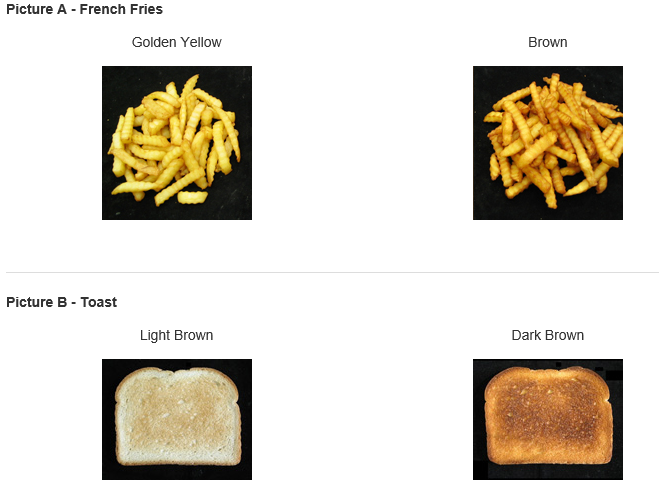
Therefore, to eliminate the interference of raw materials and produce diets with the same raw materials and nutrients, it is necessary to conduct an analysis of wet dog food produced using different processing methods. had similar limitations, as different formula food was adopted in the study. used different formula food in their study therefore, it is difficult to judge whether the impact was caused by the processing method itself or due to the change in raw materials or nutrients.

analyzed four different processing methods (extruded, high moisture roasted refrigerated, high-moisture grain-free roasted refrigerated, and raw) for producing dog food, and found that “the lightly cooked and raw diets were highly palatable, highly digestible, reduced blood triglycerides, maintained fecal quality and serum parameters, and modified the fecal microbial community of healthy adult dogs.” However, Algya et al. There is controversy regarding which form of food is better for pet health. In recent years, some people think that we should return dogs to “natural food”, so more and more owners feed their dogs wet food, especially, raw food. Since the invention of puffed dog food, this type of food has rapidly grown. The industrial revolution has changed the form of dog food. However, due to close integration with humans over 10,000 years, dogs now accept human carbohydrate-based cooked food. It is recognized that dogs are derived from wolves thus, original dog food would have been raw meat.

Over the years, dog food has changed dramatically. Other relevant data are within the paper and its Supporting Information files.įunding: This study was supported by fund “Scientific Research Project of Shanghai Vocational College of Agriculture and Forestry” for Yiqun Zhao(grant number KY2-) and “‘Run Up’ Program for Young Scientists of Shanghai Academy of Agricultural Sciences” for Xuan Cai(grant number ZP19171).Ĭompeting interests: The authors have declared that no competing interests exist.
#BAD FOOD PROCESSING METHODS ARCHIVE#
This is an open access article distributed under the terms of the Creative Commons Attribution License, which permits unrestricted use, distribution, and reproduction in any medium, provided the original author and source are credited.ĭata Availability: Raw sequences reads for this study can be found in the NCBI sequence read archive BioProject ID: PRJNA733866. Received: JAccepted: DecemPublished: January 19, 2022Ĭopyright: © 2022 Cai et al. Chaves, The University of Sydney, AUSTRALIA This study showed that dog food produced by different processing methods affected the health of adult beagles.Ĭitation: Cai X, Liao R, Chen G, Lu Y, Zhao Y, Chen Y (2022) The influence of food processing methods on serum parameters, apparent total-tract macronutrient digestibility, fecal microbiota and SCFA content in adult beagles. In particular, the abundance of Allprevotella, Escherichia-Shigella and Turicibacter, and the total acid content were lower in beagles fed the raw diet, whereas Streptococcus, Collinsella, Bacteroides and Ruminococcus gnavus were more abundant following the HTS diet, and Lactococcus showed the highest abundance in beagles fed the pasteurized diet. Different processing methods had an impact on the intestinal microbiota and SCFA of beagles at least 14 genera were significantly affected by the food produced using different processing methods.


The serum content of triglyceride increased in beagles fed HTS food ( P < 0.05), and the number of neutrophils in beagles fed raw food and pasteurized food increased significantly ( P < 0.05), and the platelet count in beagles fed raw food showed an increasing trend compared with the beagles fed HTS food. The data showed, after a test lasting 56-days, the apparent digestibility (ATTD) of protein and fat in HTS food was 91.9%, which was significantly higher ( P< 0.05) than that in dry food (89.2%, P < 0.05). This study analyzed the effects of the following different processing methods: raw, pasteurized, and high temperature sterilization (HTS) made with the same ingredients and nutrients (based on dry matter) on serum parameters, apparent total-tract macronutrient digestibility, fecal microbiota and short-chain fatty acid (SCFA) content in beagle dogs. In this study, eighteen adult beagles of the same age and health status (assessed by routine blood tests) were used in the experiments. However, previous studies have mostly been based on a comparison of several commercial dog foods with different ingredients. Food processing methods may influence the health of dogs.


 0 kommentar(er)
0 kommentar(er)
